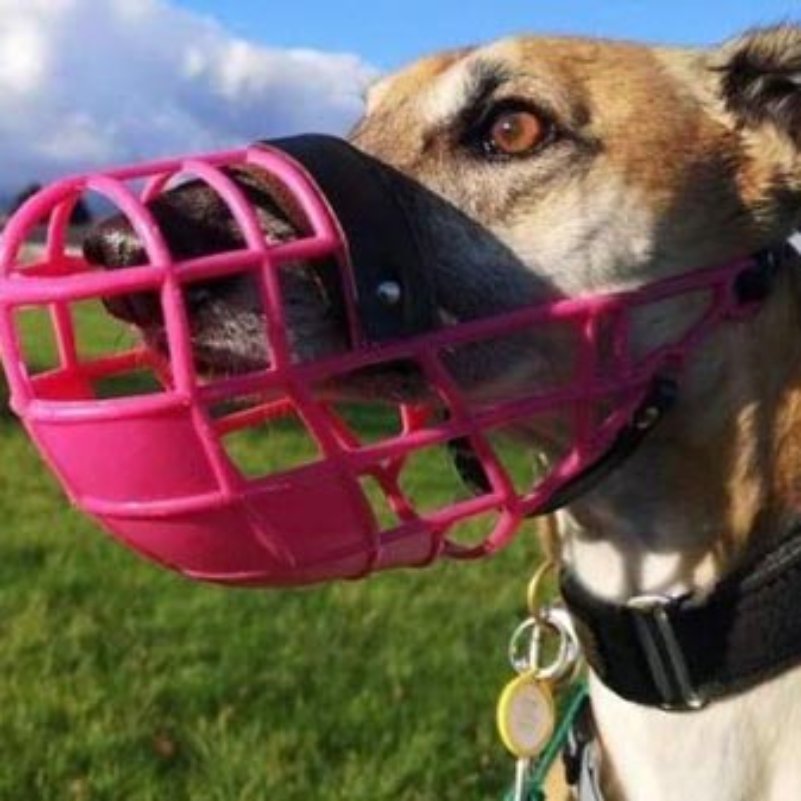This comprehensive guide will illustrate why muzzle training is a conductive and humane tool, provide step-by-step instructions on training techniques, recommend proper equipment, and give tips for making the process positive for you and your dog. With time and patience, the muzzle can become a trusted piece of equipment for situations requiring an extra measure of safety.
Understanding Muzzle Benefits
Muzzles protect both dogs and humans by preventing bites, especially in stressful circumstances. Best dog muzzle uk allows you to:- Manage reactivity around strangers or other animals
- Reduce the risk of tending wounds or handling pain responses
- Enable grooming like nail trims for dogs who dislike handling
- Allow safe play between dogs with minimal risk of injuries
- Provide essential veterinary exams without sedation
- Aid recovery from biting incidents by rebuilding positive associations
For senior dogs, muzzles help reduce bite risk connected to cognitive conditions like dementia. Muzzles also prevent dogs from eating unsafe objects on walks and minimize resource guarding around items like toys or food.
Choosing an Appropriately Sized Dog Muzzle
Picking the right muzzle size ensures safety, comfort and proper fit:- Custom molded basket-style muzzles are ideal for training. They allow panting, drinking and treat rewards.
- Measure snout length and circumference to order optimal fit. Many brands offer sizing kits.
- Ensure enough room for mouth opening and tongue extension, but minimal extra space.
- Straps should be secure but not constricting. Usually, buckle or slipknot style.
- Consider your dog’s facial structure and breed traits when selecting muzzle shape.
- Properly fitted, the muzzle shouldn’t slide around or twist when moving.
Introducing a Dog to a Muzzle - Taking It Slow
The key to successful muzzle training is gradual acclimation by pairing it with positive experiences:Begin training in low-distraction environments so the dog feels relaxed.
Allow them to investigate, touch, and sniff the muzzle at their own pace. Don’t force it on. Offer tasty food rewards for any interest in the muzzle.
Once they are comfortable wearing the properly fitted muzzle for very short periods, praise them lavishly and give treats through muzzle openings as you build duration.
Avoid flooding dogs by introducing stressful situations too quickly before they have learned the muzzle predicts good things.
Patience is key. Only increase wearing time and activity levels gradually as the dog adapts over multiple short sessions.
Conditioning a Positive Association
- You want your dog to see the muzzle as a cue for fun and rewards. Use classical and operant conditioning:
- Before placing the muzzle, flash high-value food rewards like chicken or cheese to spark a positive reaction.
- Feed your dog their whole meal portioned out slowly from inside the muzzle as they wear it during initial sessions.
- Randomly reward with praise treats when the muzzle is worn during training.
- Speak in upbeat tones and couple with ear scratches and belly rubs your dog loves.
Practicing Muzzle Skills in Real-Life Situations
Once your dog is comfortable wearing the muzzle for extended periods while resting or doing simple commands indoors, you can practice real-life scenarios:- Gradually increase distractions like adding more people, noise levels and toys/chews present.
- Do short training sessions around other pets at a distance, providing ample rewards.
- Use a long lead during walks to keep control if the muzzle causes initial anxiety outside.
- Car travel with the muzzle helps normalize it for essential vet visits.
- Grooming like bathing or paw handling while muzzled reduces risk. Pair with great treats after.
- Dog parks, pet stores and patio seating areas are useful practice zones for socialization and distraction-proofing muzzle skills.
Be Patient! Muzzle Training is a Process
Mastery takes time. Even if your dog seems comfortable in one environment, stay flexible. Higher stress situations like vet exams or crowded places may require re-acclimation. Consistency, patience and positivity are key to making the muzzle a trusted tool.
Signs of Progress and Success
How do you know your dog is truly at ease wearing a muzzle? Look for:
- Voluntarily inserting snout into muzzle without prompting or hesitation.
- Relaxed facial expressions, body language and movement while wearing it during activity.
- Ability to rest calmly while muzzled for extended periods.
- Minimal pawing at the muzzle and no signs of stress like whining or agitation during wear.
- Responding to cues and focusing on rewards or toys even with the muzzle on.
Dog Muzzle Training Precautions
While powerful training, certain precautions are advised:- Never leave a dog unsupervised for long periods when wearing a muzzle to avoid injury risk if caught on objects.
- Remove the muzzle periodically to provide water, especially during exercise or heat.
- Ensure proper fit allows panting, eating small treats/kibble, and drinking. Observe closely.
- Introduce and practice very gradually to avoid emotional trauma from feeling trapped or forced.
- Seek professional advice if your dog shows severe anxiety with the muzzle. Alternatives may be safer in some cases.
- Muzzle training requires effort and care on the owner’s part, but offers long-term benefits. Done right, it deepens the bond with your dog through mutual cooperation and trust.

